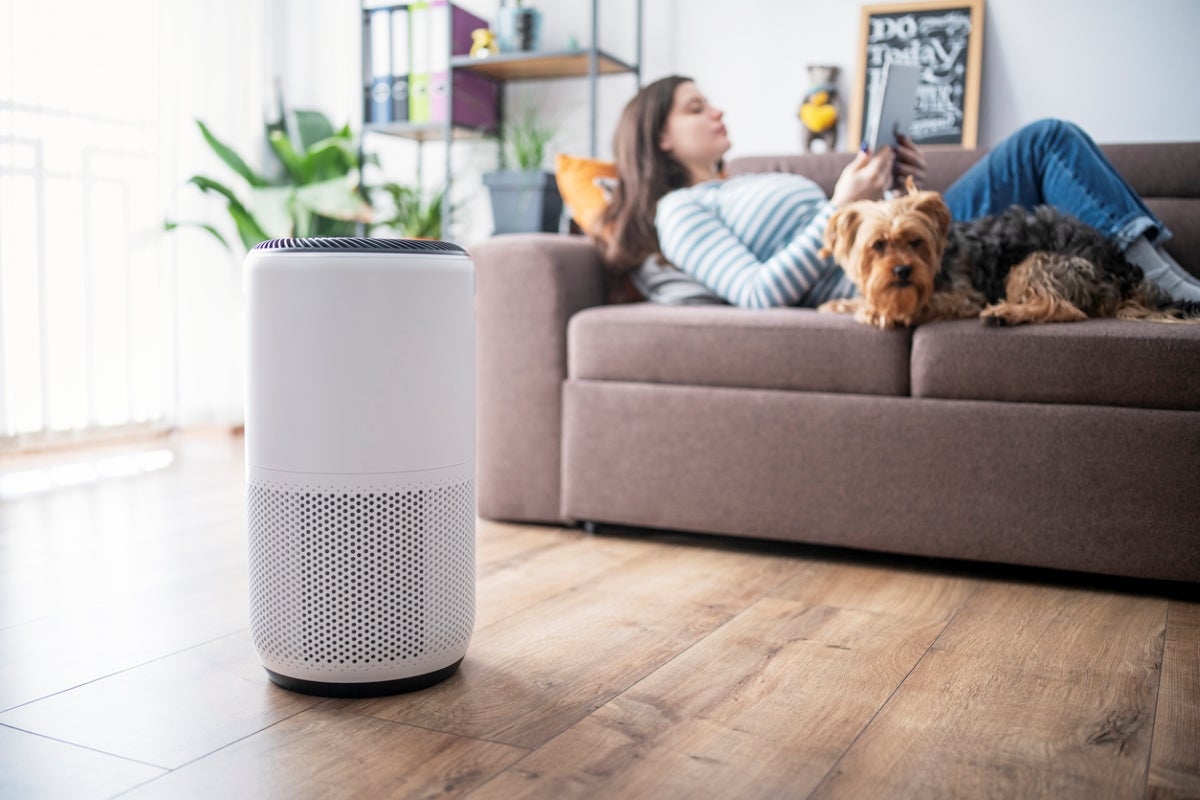
Indoor air quality (IAQ) is a topic that often goes/ unnoticed, yet it plays a critical role in our overall well-being. “Don’t Hold Your Breath: Safeguarding Your Indoor Air Quality” aims to shed light on the importance of maintaining healthy indoor air, the potential hazards of poor IAQ, and practical steps towards improving it. By gaining a deeper understanding of the air we breathe within enclosed spaces, we can take meaningful action to protect our health and enhance our quality of life.
The Potential Hazards of Poor IAQ
The World Health Organization (WHO) reports that poor IAQ can impact both short-term and long-term health outcomes, ranging from acute symptoms such as headache, nausea, and fatigue to more serious conditions linked to heart disease, cancer, and other diseases.
In addition to health risks, poor IAQ can also lead to a decrease in productivity and an increase in sick days. Increased levels of carbon dioxide (CO2) within an enclosed space can reduce cognitive functions and impair decision-making skills, making it difficult for workers to remain focused and engaged with their tasks.
Not only can poor IAQ have significant health implications, but it can also cause costly damage to building materials and furnishings. Poor ventilation can lead to the growth of bacteria and mold inside the home, resulting in stained walls, warped floors and furniture, and rotting wood.
Practical Steps Towards Improving IAQ
Fortunately, individuals and organizations can take several actions to improve IAQ and reduce the risk of adverse health effects. These include increasing ventilation and air circulation, testing for radon levels in the home or workplace, using high-efficiency filters on air conditioning systems, and investing in a radon mitigation system if necessary.
In Littleton, Colorado, homeowners can connect with certified professionals to install a radon mitigation system that will help keep their indoor air safe from harmful pollutants. Taking these measures will provide peace of mind knowing that your indoor air quality is secure.
Regulations and Standards for Indoor Air Quality
In the United States, governmental agencies have established regulations and standards to ensure that indoor air quality remains safe. Organizations such as the Environmental Protection Agency (EPA) and Occupational Safety & Health Administration (OSHA) are responsible for setting these guidelines and ensuring that they are enforced.
It is important to become familiar with applicable regulations in your area, as failure to do so can result in significant fines and even criminal penalties. Organizations should also be aware of the standards set forth by organizations such as the American Society of Heating, Refrigeration & Air Conditioning Engineers (ASHRAE).
The Role of Building Materials in IAQ
The type of building materials used in the construction of a home or workplace can also have an impact on indoor air quality. For instance, certain types of flooring, paint, and insulation may contain volatile organic compounds (VOCs) which can be released into the air and pose potential health risks.
When choosing materials for a renovation or new construction project, it is important to select products that are low in VOCs or those that have been certified as safe for indoor air quality. This can help reduce the risk of exposure to hazardous chemicals and ensure a safer environment for everyone who occupies the space.
Make IAQ a Priority in Your Home or Business
Good indoor air quality is essential for our health, well-being, and safety. By taking the necessary steps to safeguard IAQ in your home or business, you can breathe easily knowing that your air is safe and clean. It is time to take action today and prioritize IAQ so that we can all lead healthier lives.
From investing in filtration systems to using low-VOC products for renovations, there are many ways to create a healthier indoor environment. Organizations should also ensure that their employees are aware of IAQ regulations and standards and take the necessary steps to remain compliant. With the right measures in place, we can all help protect ourselves from the potential hazards of poor air quality and enjoy peace of mind knowing that our indoor space is safe and healthy.
Leave a Reply